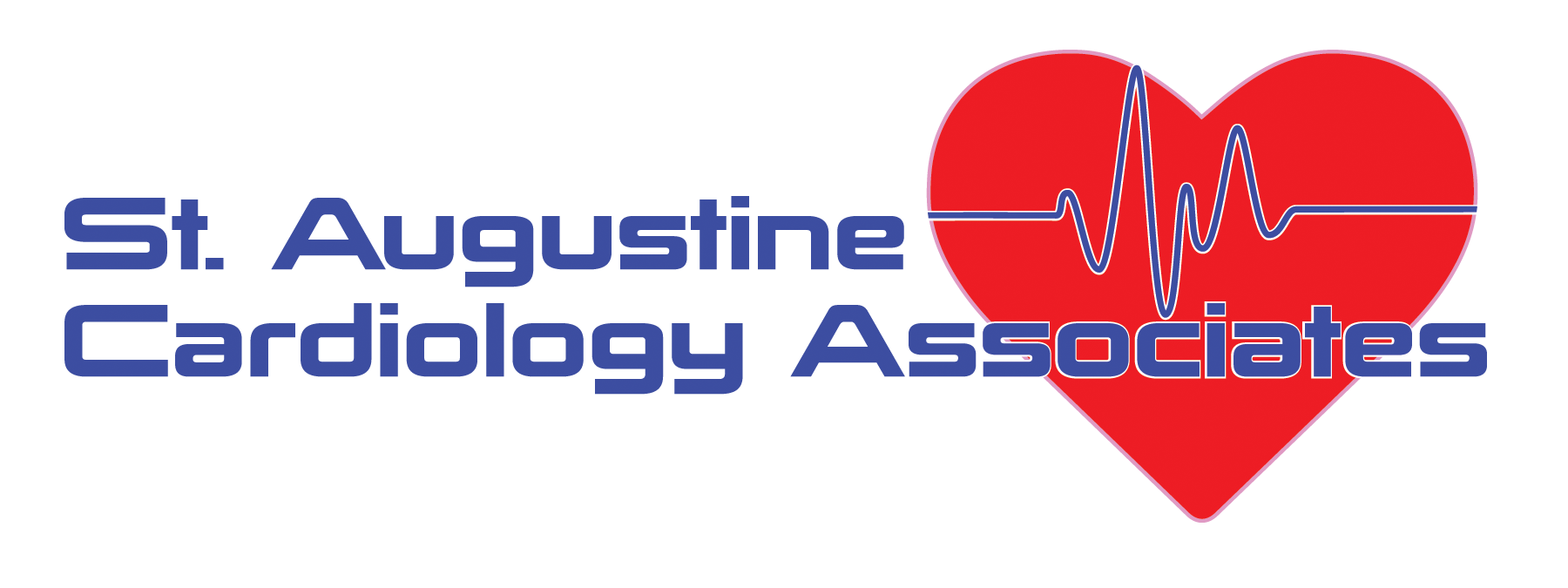Age-related muscle loss is a serious problem that all senior citizens face.
Age-related muscle loss is a serious problem that all senior citizens face. Muscle wasting may begin to occur as early as age 30 but usually accelerates substantially around age 75. The medical name given to muscle wasting is Sarcopenia. The average senior loses around 3% of his or her muscle strength every year, but that decrease can be delayed or reversed with a solid diet and exercise plan. Here are a few steps seniors can take to minimize muscle degeneration.
Resistance Training
When combatting muscle loss, resistance training is going to be the first line of defense. This type of training encompasses any movement that forces the muscle fibers to contract and relax multiple times, which includes lifting weights, pulling on resistance bands, and carrying out bodyweight movements. Proper training in the exercises is important minimize the risk of injury. There are many resources available including gyms with trained individuals. Once you are trained to do the exercises properly the next step is consistency in training and motivation. Working with a partner or a group helps keep you focused on your goal as well as making the exercise more enjoyable. If you need help deciding what exercises might benefit you, consider being evaluated by physical therapy.
Eating Protein- Rich Foods
Many people are surprised to hear that exercising creates millions of microscopic tears in the muscles, but this type of damage makes the muscles stronger. After the muscles are damaged, the body floods the areas with proteins that rebuild the tissue. No matter how much seniors train, they won’t get stronger unless they’re eating plenty of protein throughtout the day. Some of the best sources of protein include fatty fish, eggs, organic beef, and turkey. Supplementation with larger doses of some amino acids, particularly Leucine has been reported to be beneficial in several studies.
Cardiovascular Training
Resistance training is the most effective way to reverse muscle loss, but cardio training is vital to muscle maintenance as well. Some of the most common examples of cardiovascular training include bicycling, swimming, jogging, going on long walks, dancing and doing yoga. While engaging in these activities, the blood is flooded with fresh red blood cells, insulin, and other vital compounds that keep the muscles healthy. A recent study published in The American Journal of Clinical Nutrition revealed that six months of walking can boost muscle mass and reverse sarcopenia in adults over the age of 65.
Sarcopenia with muscle wasting is a real threat to enjoying your health to the fullest. Invest in yourself now with good dietary habits and a regular exercise program.
© 2016 St. Augustine Cardiology - 201 Health Park Blvd., Suite 105 - St. Augustine, FL 32086 - All rights reserved.
Serving cardiology patients from St. Augustine, Palm Coast, St. Johns County and the surrounding areas.
Powered by Ward Media Group, St. Augustine, FL

